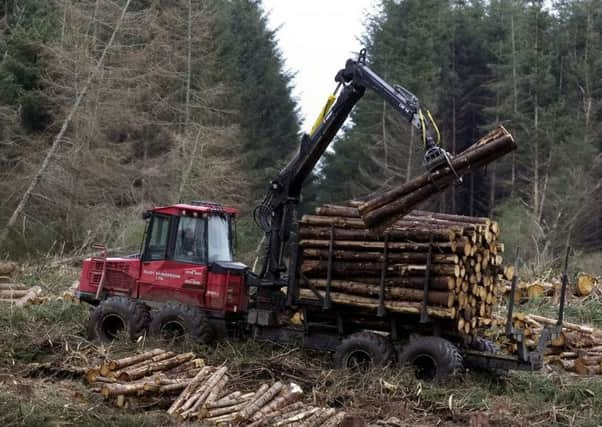Bridging the gap between agriculture and forestry
This article contains affiliate links. We may earn a small commission on items purchased through this article, but that does not affect our editorial judgement.


Specialists from Scotland’s Rural College (SRUC) have urged farmers and land managers in the north of Scotland to think hard about how woodlands could fit into their future plans and what recent changes in the Scottish Government grants available could mean for them.
Advertisement
Hide AdAdvertisement
Hide AdDouglas Priest, a forestry specialist with SAC Consulting, which is part of SRUC, said that, within the new “Native Woodland Target Area” for Highland Scotland there were higher payments available for establishing native Scots pine, upland birch and broadleaves.
“In essence the forestry grant scheme payments for these have been increased by £400 per hectare, with additional help for deer fencing and bracken control,” he said.
“There are a multitude of reasons why so many areas of the Highlands would benefit from woodland cover and this is a great time to think seriously about it. We can help with technical forestry advice and [with] the application process.”
Compared with many places in the rest of Europe, Scotland, at 17 per cent, has very low forest cover but this is expected to rise with the governments’ target of planting 15,000 hectares a year by 2025.
Depending on their priorities, land managers can design schemes which meet commercial requirements, offer opportunities for wildlife and outdoor activities or shelter for livestock.
“Planting woodland is a fantastic alternative to building a shed for shelter and you don’t have to worry about birds in the rafters,” said Priest.
“This scheme is not about blanket forestry or replacing livestock with trees but, as we look to the future, additional sources of income, lower cost solutions to farming problems or ways the sector can contribute to lowering its carbon footprint will rise higher in the priority list. The additional grant support offers investment potential.”
Advertisement
Hide AdAdvertisement
Hide AdMeanwhile, statistics have emerged showing that 18,300 hectares of forestry were sold across Britain last year at a cumulative value of just under £83 million showing another strong year for the forestry sector, with demand for UK-grown timber increasing.
James Adamson, Savills head of forestry investment UK, said: “Although UK timber markets will fluctuate from year-to-year, the prospect of a longer term upward trend in timber pricing structures is very real, making us confident in the future of forestry as an asset.
“The UK forestry market has continued to demonstrate strong performance and remains a highly desirable alternative asset class.”